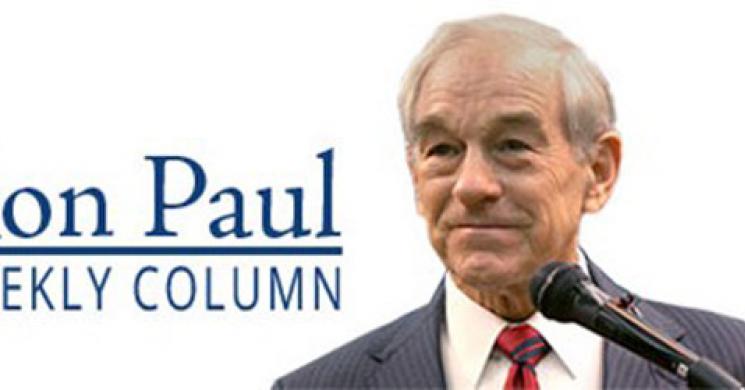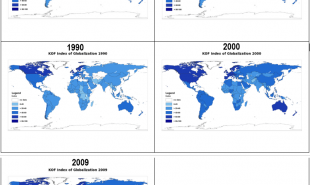
Written by ron paul
The recently-passed big-spending budget deal’s failure to generate significant opposition from the “tea party” has led some to pen obituaries for this once-powerful movement. These commentators may have a point. However, few of them understand the true causes of the tea party’s demise. The movement commonly referred to as the tea party arose in opposition to the 2008 bank bailouts. The tea party grew as its focus shifted to opposition to President Obama’s policies, particularly his stimulus spending bill, cap-and-trade legislation, and, of course, the health care plan tea party leaders successfully branded as Obamacare. In its early days, the tea party was equally opposed to big spenders in both parties. In fact, it was often harder on Republicans than on Democrats. Tea party groups even backed primary challengers to Republican incumbents. Unfortunately, the tea party was quickly coopted by the GOP. As a result, while tea party groups still opposed Republican policies, they began muting their opposition to all but the worst Republican politicians. Now that Republicans control the White House and Congress, tea party groups have even muted their opposition to the policies. This reinforces the tendency of Republicans to support spending bills backed by Donald Trump or George W. Bush that they would have fought tooth and nail if they were proposed by Barack Obama or Bill Clinton. The tea party’s effectiveness as a force for fiscal conservatism was also crippled by the support of too many of its leaders and favorite politicians for a hyper-interventionist foreign policy. Support for foreign interventionism logically requires support for huge military budgets, which conflicts with a commitment to fiscal conservatism. Some tea party-backed politicians tried to reconcile support for militarism and fiscal conservatism by claiming to be “cheap hawks.” The problem with this formulation is that the so-called cheap hawks accept the neoconservative premise that American exceptionalism justifies US military intervention around the globe. This makes it impossible for them to resist the calls for increased military spending to ensure the United States has the ability to police the world in the name of “democracy.” Devotion to protecting the military-industrial complex from the budget ax leads defense hawks to cut deals with progressives to increase spending on both warfare and welfare. We saw this with the recent budget deal, where so-called fiscal conservatives defended a $65 billion increase in domestic spending because it was necessary to get progressive support for an $80 billion increase in military spending. One cannot be both a budget hawk and a defense hawk. Fortunately, while the tea party is dead or at least on life support, a related movement is alive and growing. This is the liberty movement that grew out of my 2008 presidential campaign. Ironically, one of the first events of that movement was called a “tea party.” Unlike the tea party, the liberty movement does not just focus on domestic policy. It works to roll back government in all areas. Thus, the liberty movement is just as committed to ending unnecessary and unconstitutional wars and protecting civil liberties as it is to repealing Obamacare. Liberty movement leaders and activists also refuse to compromise their principles for the benefit of the Republican Party. The commitment to consistency and principle may be why the liberty movement is so attractive to young people. This growing movement is a source of hope that the cause of individual liberty, free markets, and limited government will prevail.
Read more by MarketSlant Editor







